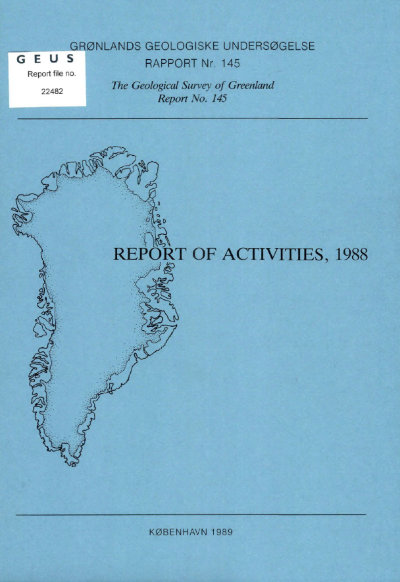Non-toxic low-cost heavy liquid separation in the Geological Survey of Greenland
DOI:
https://doi.org/10.34194/rapggu.v145.8063Abstract
Density separation of mineral and sediment grains into fractions using heavy liquids traditionally employs organic compounds such as bromoform (density 2.89) and tetrabromoethane (density 2.96) which are known to be toxic even at very low concentrations (Van Haaften, 1969) and possibly carcinogenic. In addition, the separated grains are washed with organic solvents such as acetone which may be highly inflammable, and are also a health risk. In recent years, a new water soluble compound, sodium polytungstate (SPT), 3Na2WO4.9WO3.H2O, has become available as a medium for heavy liquid separations, offering an alternative to the heavy organic liquids. Hs use has been discussed by several workers (e.g. Plewinsky & Kamp, 1984; Krukowski, 1988) in a variety of geological settings. The present note summarises experience in GGU's palaeontological laboratory gained from working with SPT for a full year as a replacement for tetrabromoethane and bromoform in the separation of phosphatic microfossils from samples principally of Lower - Middle Cambrian age. Apart from improving the work environment by replacing high health-risk chernicals with water soluble products without known detrimental effects, SPT has proved to be both an economical and potentially efficient alternative to the organic heavy liquids. SPT is patented, and only available from Sometu, Falkenried 4, D 1000 Berlin 33, Federal Republic of Germany.
Downloads
Published
Issue
Section
License
This article is distributed under a CC-BY 4.0 licence, permitting free redistribution and reproduction for any purpose, even commercial, provided proper citation of the original work. Author(s) retain copyright over the article contents.


